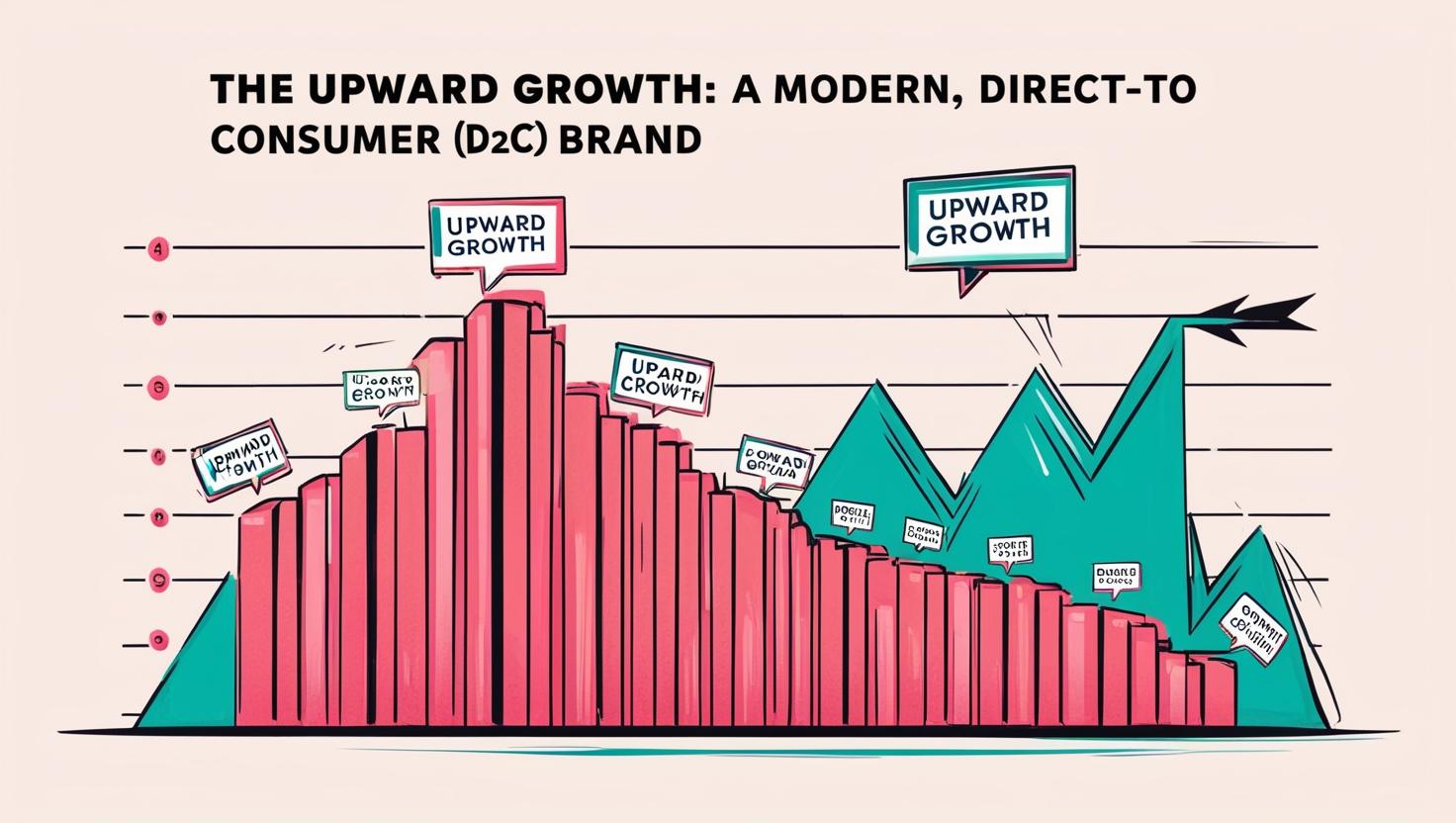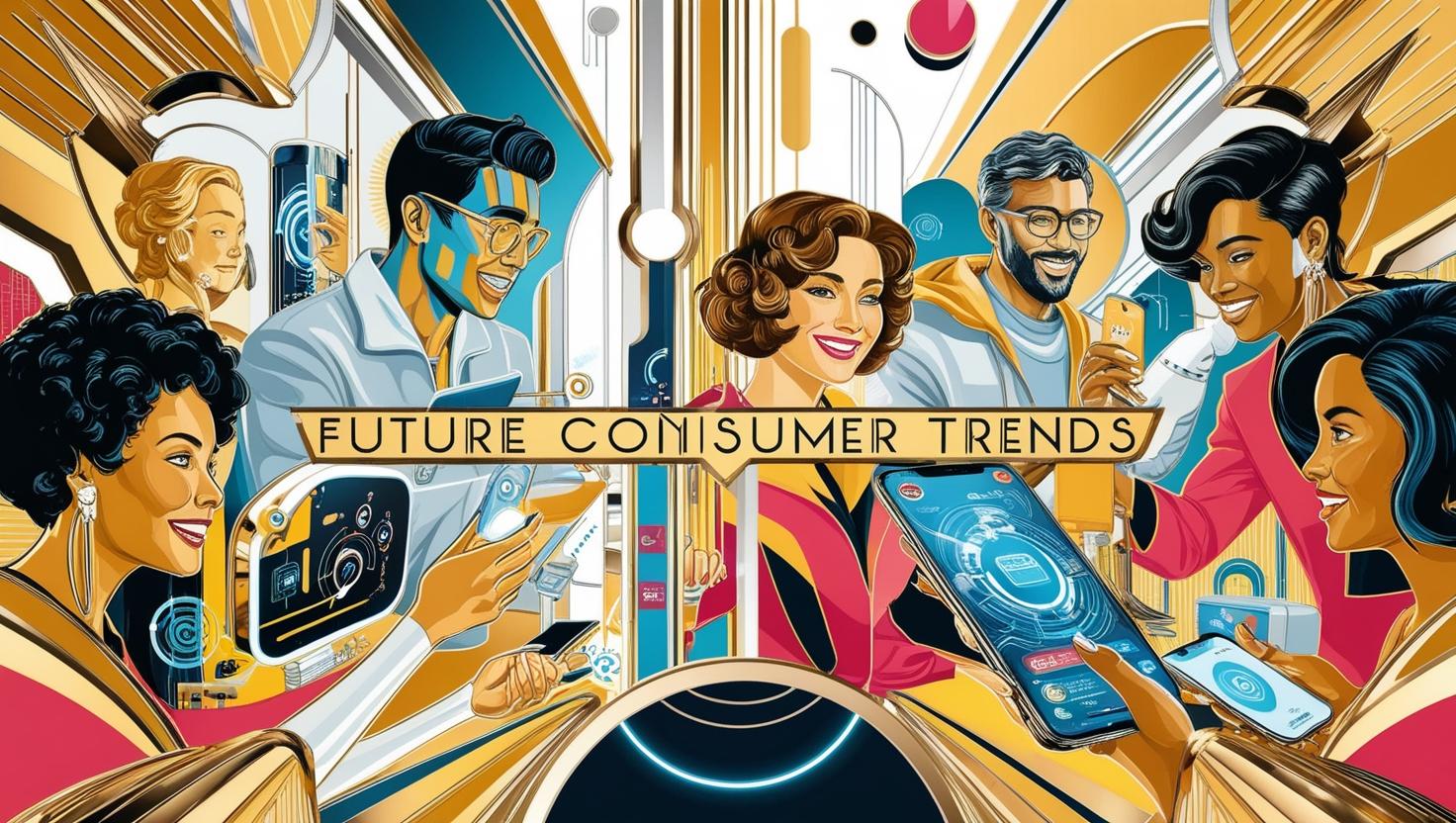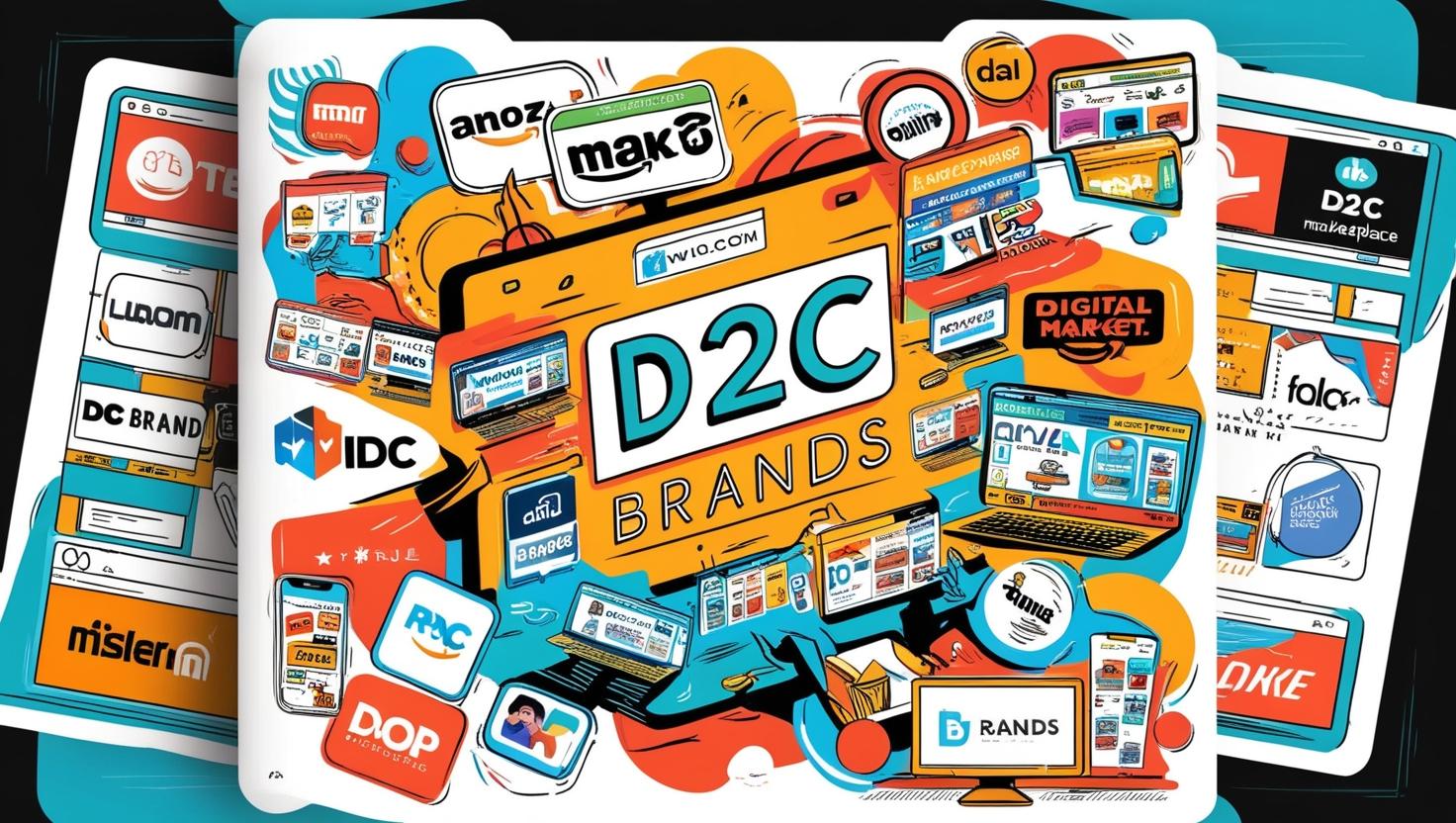The New Era of D2C Competition
Picture this: You’ve just launched your innovative skincare line on Instagram, only to discover three similar brands targeting your exact audience with eerily similar messaging. Sound familiar? In today’s hyper-competitive D2C landscape, standing out isn’t just about having a great product – it’s about staying one step ahead of your competition.
According to McKinsey, D2C e-commerce sales are projected to reach $175 billion by 2025 in the US alone. With this explosive growth comes unprecedented competition, making competitive intelligence not just useful, but essential for survival.
Understanding Competitive Brand Intelligence Tools
Modern competitive intelligence tools have evolved far beyond simple social media monitoring. Today’s AI-powered platforms offer:
- Real-time competitor tracking: Track your competitors’ every move as they happen, from price changes to new product launches to social media activities. This immediate visibility allows you to respond quickly to market changes rather than playing catch-up weeks later.
- Pricing analysis: Monitor and analyze competitor pricing strategies, including their discounts, bundles, and seasonal pricing patterns. This helps you understand not just what prices they set, but the strategy behind their pricing decisions.
- Marketing campaign insights: See what marketing messages, visuals, and channels your competitors are using, and how their audience responds to different approaches. This insight helps you understand what works (and what doesn’t) in your market without spending money to learn those lessons yourself.
- Customer sentiment analysis: Understand how customers feel about your competitors’ products and brands by analyzing reviews, social media comments, and online discussions. This gives you a clear picture of competitor weaknesses and opportunities you can capitalize on.
Key Benefits for D2C Brands
- Informed Product Development
- Market Gap Identification: Spot opportunities in the market by identifying what customers want but competitors aren’t offering. This systematic approach to finding market gaps is much more reliable than gut feelings or assumptions. According to Forrester’s Digital Business Strategy report, brands using competitive intelligence tools are 2.5 times more likely to identify market opportunities before competitors. This early mover advantage is crucial in the D2C space.
- Customer Insight Generation: Understand what features, benefits, and experiences your target customers truly value by analyzing their interactions with competitor products. This helps you develop products that better meet customer needs from day one. McKinsey’s Consumer Pulse Survey reveals that brands leveraging AI for customer insights respond 26% faster to changing consumer preferences than those who don’t.
- Strategic Pricing Optimization
- Dynamic Pricing Capabilities: Adjust your prices in response to market changes, competitor moves, and customer demand patterns. This ensures you’re never leaving money on the table or losing sales due to overpricing. Deloitte’s Retail Trends report shows that retailers using AI-powered pricing intelligence increase margins by 2-5% on average.
- Promotional Effectiveness: Understand which promotional strategies work best in your market and when to deploy them. This helps you avoid wasteful discounting while maximizing the impact of your promotional spending. Nielsen’s Retail Performance study indicates that brands using competitive intelligence tools reduce promotional spend waste by 30% while maintaining sales volumes.
- Marketing Campaign Enhancement
- Channel Optimization: Identify which marketing channels work best for your type of product and target audience based on competitor successes and failures. This helps you invest your marketing budget more effectively from the start. eMarketer’s D2C Report shows that brands using competitive intelligence tools achieve 20% higher return on ad spend compared to industry averages.
- Content Strategy: Understand what type of content resonates with your target audience by analyzing engagement patterns across competitor channels. This helps you create more effective content without the expensive trial and error process. According to Content Marketing Institute, D2C brands using competitor analysis tools see 40% higher engagement rates on their content.
These benefits are particularly crucial for D2C brands because they operate in a direct-to-consumer model where quick reactions to market changes can make or break success. The data shows that competitive intelligence tools aren’t just providing incremental improvements – they’re creating significant competitive advantages that will become even more pronounced in the coming years.
Real-World Success Stories
Case Study: Allbirds
The sustainable footwear brand used competitive intelligence to:
- Identify an underserved market segment
- Optimize their pricing strategy
- Improve their marketing message
Result: Grew to $100 million in revenue within two years (Source: Inc. Magazine)

Getting Started with Competitive Intelligence
- Define Your Objectives
- Market share tracking: Monitor your position in the market relative to competitors and identify opportunities for growth. This gives you a clear picture of where you stand and where you can improve.
- Price positioning: Understand where your prices sit in the market and how they affect your brand perception. This helps you price strategically rather than just following competitors.
- Customer sentiment: Track how customers feel about your brand compared to competitors. This helps you identify areas where you can differentiate and improve.
- Campaign performance: Measure how your marketing efforts stack up against competitors. This helps you optimize your marketing spend and improve ROI.
- Choose the Right Tools
- AI-powered insights: Get automated analysis and recommendations based on competitive data. This saves you time and helps you spot patterns humans might miss.
- Real-time monitoring: Stay updated on competitor activities as they happen. This allows you to react quickly to market changes and opportunities.
- Custom reporting: Generate reports tailored to your specific needs and KPIs. This makes it easier to share insights with your team and make data-driven decisions.
- Integration capabilities: Connect competitive intelligence with your existing tools and workflows. This helps you act on insights more quickly and effectively.
- Implement and Iterate
- Start with basic monitoring: Begin with essential tracking metrics to build a foundation. This prevents overwhelming your team with too much data at once.
- Gradually expand your tracking: Add more advanced features as your team becomes comfortable with the basic functionality. This ensures proper adoption and usage of the tool.
- Regular review and adjustment: Schedule periodic reviews of the insights gathered and adjust your strategy accordingly. This helps maintain the effectiveness of your competitive intelligence program.
- Team training and adoption: Invest time in properly training your team to use the tools effectively. This maximizes the return on your investment in competitive intelligence tools.
Future-Proofing Your D2C Brand
The future of competitive intelligence is becoming more sophisticated with:
- Predictive AI analytics
- Natural language processing for customer sentiment
- Automated competitive response suggestions
- Real-time market opportunity alerts
According to Gartner, by 2025, 70% of D2C brands using AI-powered competitive intelligence tools will outperform their peers in customer retention and revenue growth.

Key Takeaways:
- Competitive intelligence is becoming essential for D2C success
- AI-powered tools provide actionable insights. AI agents may even act on those insights to continuously achieve goals.
- Real-time monitoring enables quick response to market changes
- Data-driven decisions lead to better outcomes
McKinsey’s latest AI research shows that companies using AI-powered competitive intelligence tools achieve:
- 20-30% reduction in time-to-market for new products
- 15-20% increase in marketing ROI
- 3-5% improvement in sales forecasting accuracy
Remember: The goal isn’t just to keep up with competitors – it’s to anticipate market changes and stay ahead of the curve. In the fast-paced D2C landscape, competitive intelligence tools aren’t just another expense – they’re an investment in your brand’s future.
By leveraging competitive intelligence tools, your D2C brand can make data-driven decisions, optimize operations, and capture market opportunities before your competitors do. In today’s digital-first marketplace, that’s not just an advantage – it’s a necessity for sustainable growth.
Sources:
- McKinsey State of Fashion Report 2023
- Deloitte Digital Consumer Trends 2023
- Gartner Marketing Research 2023
- eMarketer D2C Report 2023
- Forrester Digital Business Strategy Report 2023
- Nielsen Retail Performance Study 2023
- Content Marketing Institute Annual Report 2023
- Inc. Magazine (Allbirds Case Study)

